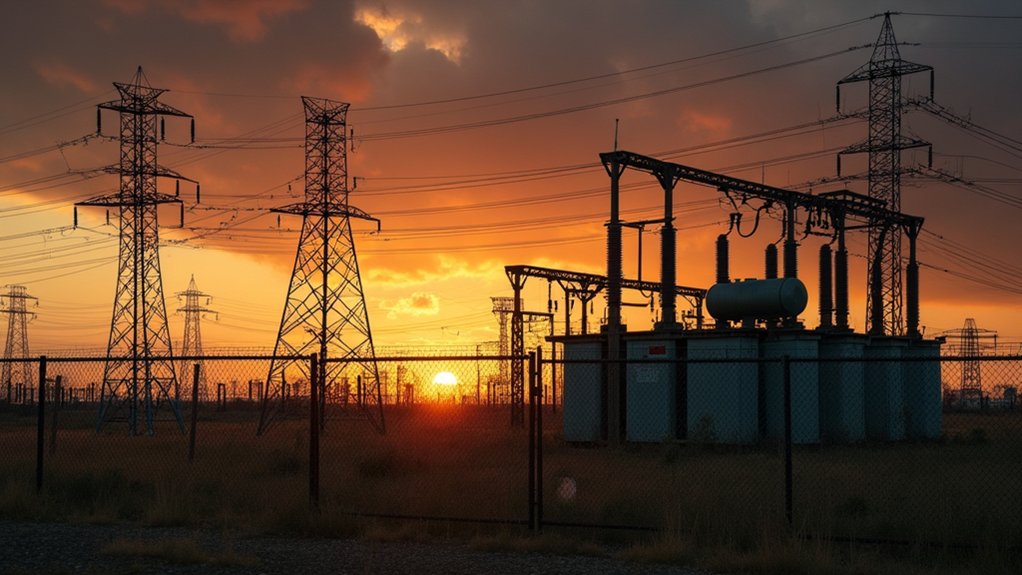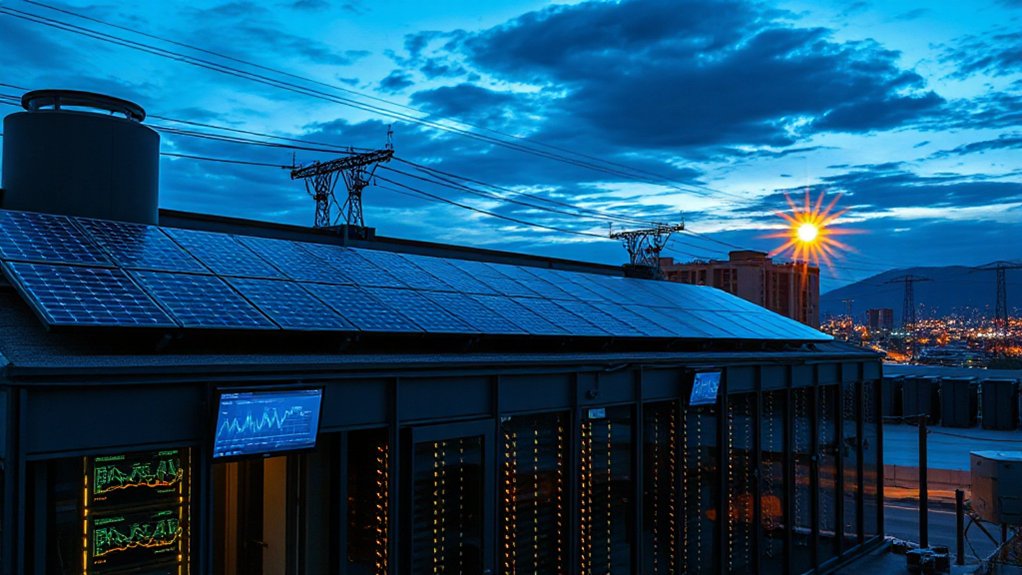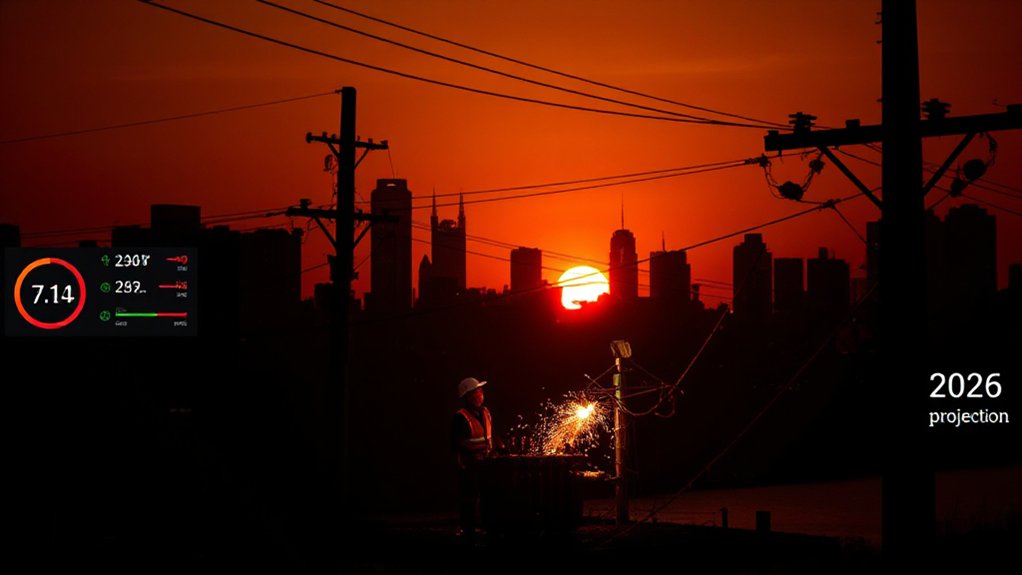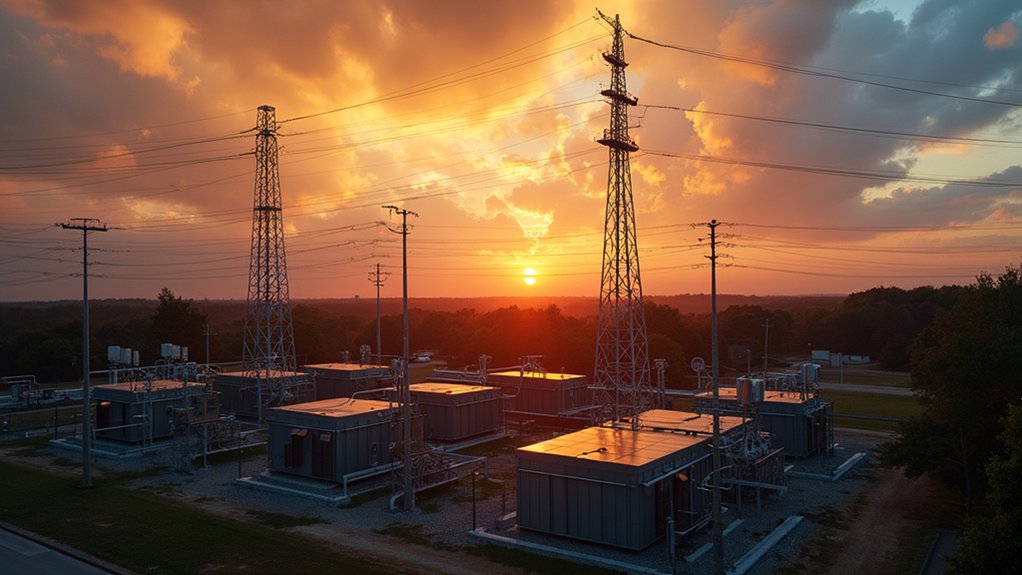While most Americans don’t think twice when flipping a light switch, the nation’s electrical grid faces serious threats from multiple directions. The Interior Secretary has raised alarm about the aging power infrastructure that keeps homes and businesses running across the country. Nearly 70% of transmission lines are over 25 years old, with many key components nearing the end of their intended lifespan.
Physical attacks on the power grid have reached worrying levels. In 2023 alone, more than 175 physical attacks or threats were reported to the Department of Energy. These incidents increased by 70% in 2025, showing a troubling trend. Vandalism and copper theft at substations add to over 2,800 annual security incidents nationwide.
Physical attacks on our critical infrastructure continue rising at an alarming rate, threatening energy security nationwide.
Digital threats are growing just as quickly. Power companies faced 1,162 cyberattacks in 2024, up 70% from the previous year. As utilities add more digital controls and automation, they create about 60 new potential weak points every day. The increasing interconnection of electricity distribution networks has created greater vulnerability across the entire system. Many grid control systems run on outdated software that can’t resist modern hacking techniques.
The Interior Secretary pointed to internal vulnerabilities as well. Employees and contractors with system access could damage operations either by accident or on purpose. U.S. electricity demand is experiencing its highest growth rate in two decades, further straining the already vulnerable infrastructure. The American Society of Civil Engineers has given the U.S. power grid a D+ grade, reflecting deteriorating conditions that pose significant risks. Supply chain security remains a major concern, with both the Department of Defense and industry partners working to prevent compromised components from entering the system.
Regulatory challenges make solutions difficult. The North American Electric Reliability Corporation notes that as grid modernization continues, oversight becomes more complex. Different agencies handle different aspects of grid security, often with conflicting priorities or outdated rules.
The Secretary emphasized that America’s energy security requires immediate attention despite political differences over energy policy. With transformers and other critical components facing long replacement times, the grid’s resilience depends on finding common ground to address these vulnerabilities before they lead to widespread failures.
References
- https://www.tripwire.com/state-of-security/cybersecurity-electricity-distribution-2025-update
- https://infrastructurereportcard.org/cat-item/energy-infrastructure/
- https://bens.org/securing-the-u-s-electric-grid-how-are-we-meeting-the-challenge/
- https://amarok.com/blog/threats-to-the-u-s-power-grid/
- https://klrd.gov/2024/12/18/grid-security/









